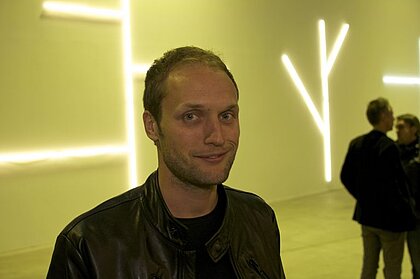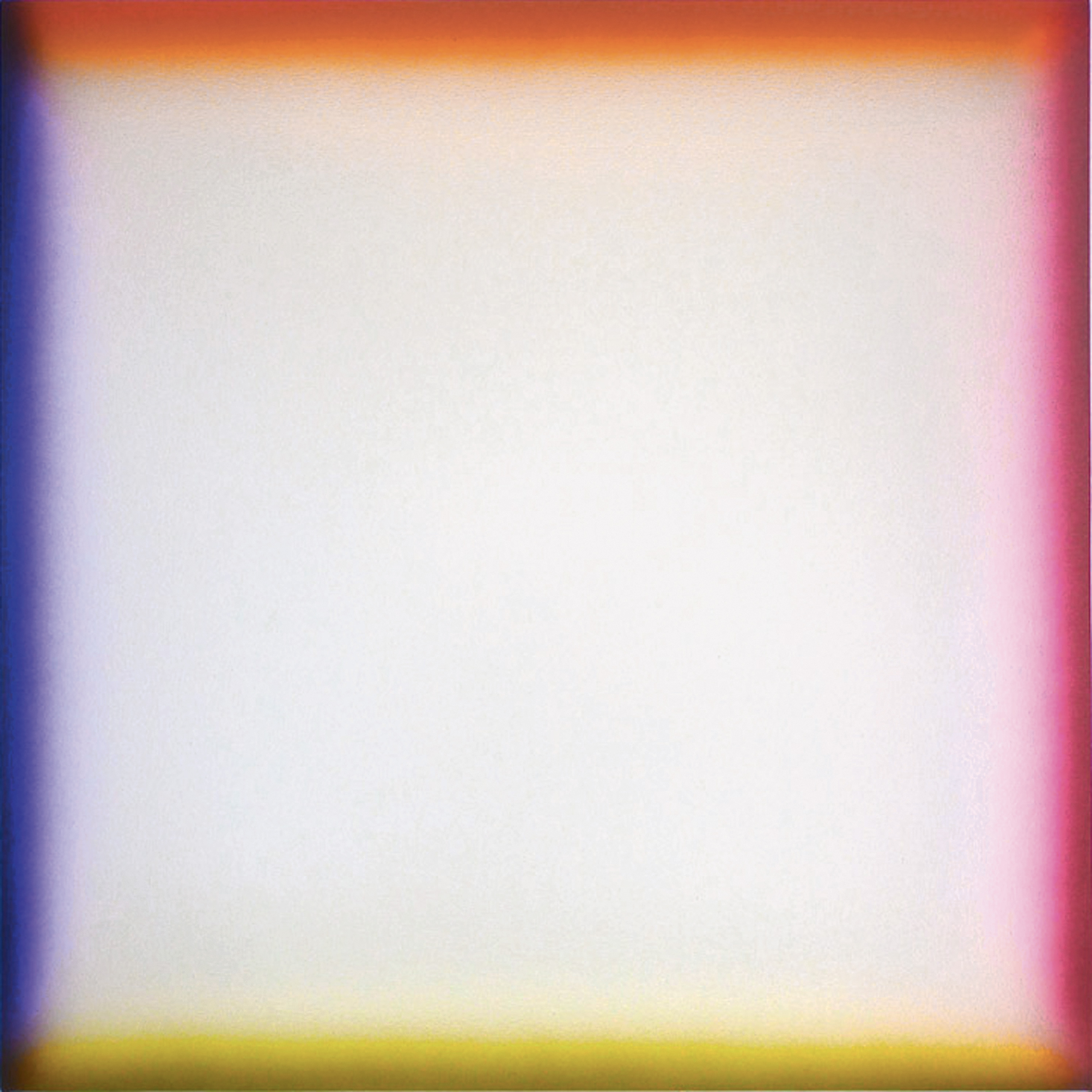Switzerland
Stéphane
Kropf


Biography
Born in 1979, Stéphane Kropf lives and works in Lausanne and has featured in many group shows since the turn of the new century. In 2004, he showed Minerva at the MAMCO in Geneva. With his brother Laurent, he took over Espace Curtat in Lausanne in 2010. In 2014, he had a solo show at the Château de Gruyères, exhibiting works in all the rooms there.
Also that year, he showed his work at Villa Bernasconi in Geneva. The artist is now responsible for the BFA course at the École Cantonale d’art in Lausanne, where he himself studied, and curator of the school’s gallery, ELAC (Espace Lausannois d’Art Contemporain).

About the artworks
Painting is a history of illusion and impressions. Young Swiss artist Stéphane Kropf makes this affirmation the leitmotif of his work and guideline for his artistic research. His works play on optical effects, on the spectator’s own perceptions. His canvases embody an eloquent, expressive abstraction that have a natural impact. The large formats of his works, often conceived serially, add to their power.
Stéphane Kropf seeks to fully exploit the potential of his artistic resources. For him, the artistic materials are primordial. Some canvases are painted with an acrylic paint that reflects the light, “interfering” with the space around them and thereby modifying reception of the work. The viewer’s eye is consequently able to change its response, and also the ambient atmosphere. This attention to the viewer, who plays an essential role, is both required and sought. For this reason, Kropf’s works are most effective when seen and admired in situ, when the surfaces and varying densities of the paint interact and intercommunicate.
Banal shopping receipts or restaurant bills reproduced as large paintings show the beauty of everyday things. In these works, the composition leaves abstraction behind and deploys a panorama of typical Swiss mountains in images taken from the anti-forgery bands on old Swiss train tickets.
As for Porrima, Epsilon Eridani, Kajam and Suzaku, these four works are named after stars or constellations. Astronomy and the cosmos are frequent references in Kropf’s work. In this series, the contrast between the central white area and the iridescent colours around it, applied using an airbrush, is striking. These frank colours emphasize the space of the canvas at the same time as they merge with it. The questioning of painting is a part of all this: is the painting what is at the centre, does it also include what is on the edges, or do these delimit it? It all comes down to individual perception.
The artworks
05
Vivacious, 2017
Cyanotype on cotton
190 x 140 cm
Vivacious, 2017
Cyanotype on cotton
190 x 140 cm

EPSILON ERIDANI, 2013
Acrylic on canvas
180 x 140 cm
EPSILON ERIDANI, 2013
Acrylic on canvas
180 x 140 cm

PORRIMA, 2013
Acrylic on canvas
180 x 140 cm
PORRIMA, 2013
Acrylic on canvas
180 x 140 cm

SUZAKU, 2013
Acrylic on canvas
90 x 80 cm
SUZAKU, 2013
Acrylic on canvas
90 x 80 cm

GINGA, 2013
Acrylic on canvas
90 x 90 cm
GINGA, 2013
Acrylic on canvas
90 x 90 cm

